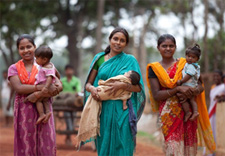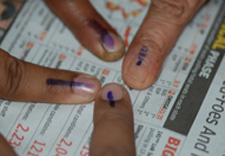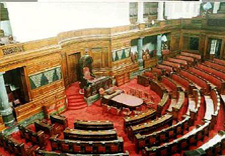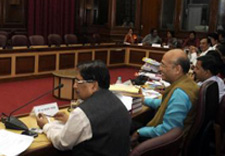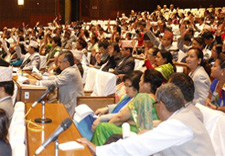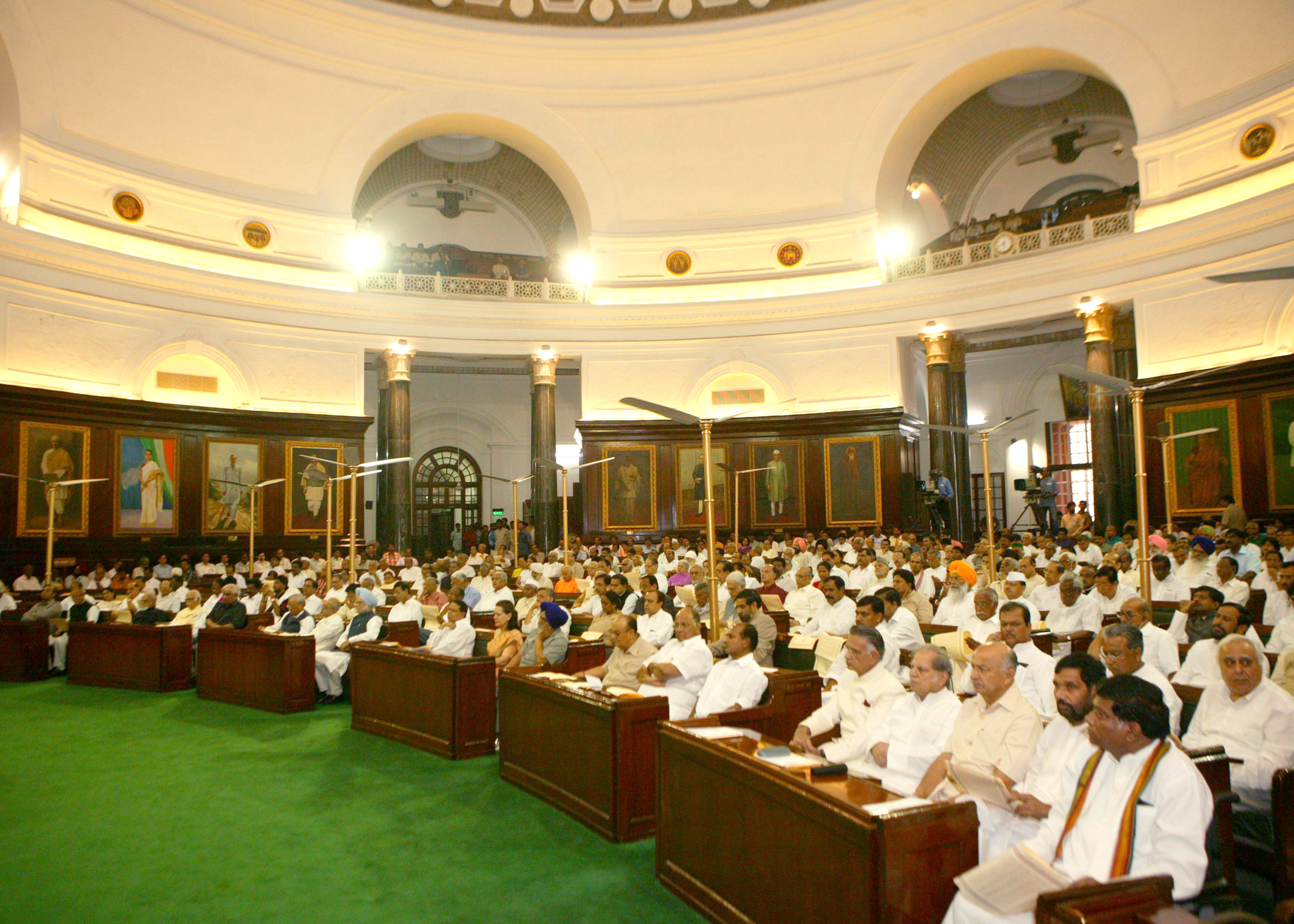OSTEOPOROSIS – ‘The Silent Disease’
Osteoporosis (OP), characterized by low bone mass with micro-architectural deterioration of bone tissue leading to enhanced bone fragility, is a major public threat worldwide. Osteoporosis is a silent disease, reflected only in a low bone density, till a fracture occurs. Though the exact prevalence is not known in India, one in four women older than 50 years is believed to suffer from osteoporosis. The attainment of peak bone mass in adolescent years and the rate of bone loss during postmenopausal years are some of the major factors contributing to weak bone health in older women. The accelerated bone loss in postmenopausal OP is a result of a decline in oestrogen concentrations.
The prevalence of osteoporosis increases with age, and according to World Health Organization (WHO), up to 70% of women over the age 80 years have osteoporosis. Though the Indian subcontinent is situated between 8.4° and 37.6°N latitude and majority of the population living here experience perennial sunlight, recent modernization of India resulting in working indoor, and reduced physical activity have resulted in limited sun exposure. The women from Indian subcontinent who have migrated to western countries are at increased risk of accelerated age-related bone loss when compared to their counterparts living in the same geographic region due to their darker skin, conservative dressing and their genetic pattern. This silently progressing metabolic bone disease is widely prevalent in India and osteoporotic fractures are a common cause of morbidity and mortality in adult Indian men and women. Expert groups peg the number of osteoporosis patients in India as going beyond 36 million by 2015. Osteoporosis has numerous medical implications and a huge economic impact.
In western countries, women suffering from osteoporosis far outnumber men, and this is largely thought to be due to the effects of the menopause. There are no epidemiological data on fracture prevalence, although most clinicians would agree that hip fractures are common. In India, the men-women ratio may be distorted because men are more likely to be brought for hospital care. The lower peak age as compared to the West may simply be linked to a shorter life span, as also to the inclusion of traumatic/non-fragility fractures in the analysis.
Treatment :
- Avoid load-bearing exercises.
- Calcium and vitamin D tests should be done routinely.
- Hormones are administered to improve bone strength.
- Certain drugs that harden the bones can also be administered.
The pathogenesis of osteoporosis is complex. In childhood and adolescent period, bone formation exceeds resorption, resulting in continued skeletal growth and denser, longer and heavier bones. This process slows down in adulthood, and peak bone mass is attained at about 30 years of age. After this, resorption begins to exceed formation. Normal bone loss averages 0.7% per year. It gets accelerated at the time of menopause to 2-5% per year, which may continue for up to 10 years. Peak bone mass is primarily determined by genes but may be modified to a considerable extent by certain factors like physical activity, calcium, vitamin D nutrition, smoking, alcohol, concurrent illnesses, and medications (glucocorticoids, anti-epileptics). The level of peak bone mass achieved at puberty is a major determinant of bone mass in later life and hence an important factor in the ultimate development of osteoporosis.
Healthy lifestyle (diet, exercise and sunlight exposure) can have a major positive impact on the bone metabolism and bone health of Indians. The peak bone mass of the population can be increased significantly by appropriate and timely intervention in children. Pharmacological interventions are expensive and should therefore be targeted to only those at high risk of fractures.
(This article was originally published in the IMPF Newsletter, Winter Session Issue: November-December 2015)
-Dr. Kirit Premjibhai Solanki, MP
Professor of Surgery, GCS Medical College Hospital & Research Centre, Ahmadabad
(Follow on Twitter: @drkiritpsolanki)


 13 March 2016
13 March 2016  0 Comments
0 Comments Updated News
Updated News